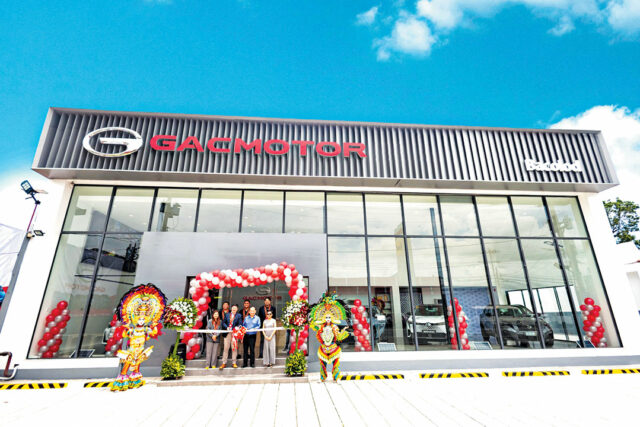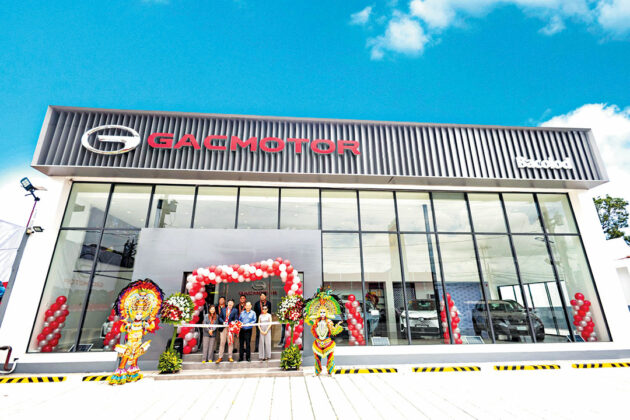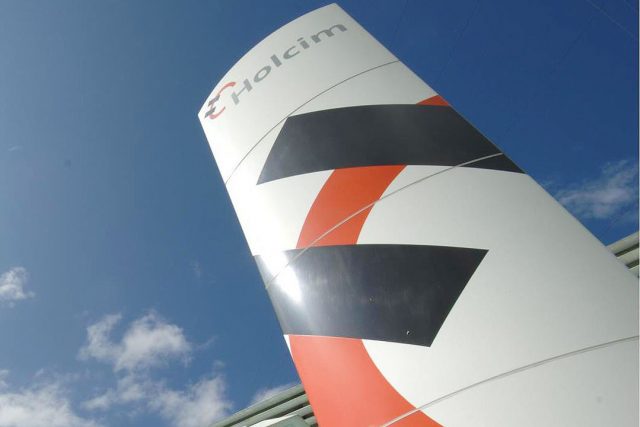From recycled plastic to sustainable wood
Flying Tiger Copenhagen works hard for the planet
FLYING Tiger Copenhagen, Danish purveyor of what we can call kitsch (here meaning quirky items for fits of whimsy; but they also sell kitchenware and office supplies), is taking a closer look at the stuff they put out in the world, and how they can reduce their impact.
“Since 2019, Flying Tiger Copenhagen’s entire value chain has undergone an ambitious green transition to become a lot more sustainable. We will reduce our greenhouse gas emissions by around 30% by 2026 and cut the consumption of plastic in our products in half by 2025. We also want to drive the shift away from single use products by removing half of all single use products in our assortment by 2025,” said Flying Tiger Copenhagen Chief Executive Officer Martin Jermiin in a statement.
Flying Tiger is in the Philippines through Stores Specialists, Inc., and has shops in Glorietta 4, Alabang Town Center, Trinoma, Robinson’s Galleria, and Eastwood City Mall, with other branches forthcoming.
In an e-mail interview with BusinessWorld, Trine Pondal, Flying Tiger Copenhagen Director of Sustainability and Social Responsibility gave an update. “Most of our sustainability goals are set for 2025 or 2026, but we plan to meet most of them on time or ahead of time,” she said. “We are proudest of having already achieved a 47% reduction of plastic in packaging and a 19% reduction of plastic.” They have also struck an eco-fuel deal with shipping company Maersk, “which will probably result in a 5% reduction of emissions this year.”
“Goals where we are keeping a bit behind is on further reduction of plastic in products and using a lot more recycled plastic. Here we must do more,” she said. “Plastic is a very, very good material,” said Mr. Jermiin in a statement. “It’s just not very good for the planet.”
The brand has been ditching plastic where it can: personal care products can be made from wood, metal, or ceramic instead. And where it can’t be substituted, the company will opt for recycled plastic instead of virgin material. In a previous interview with BusinessWorld during their store’s opening in Manila in 2023, he said, “We spend a lot of time designing them ourselves. We are very diligent in the materials, we know the material composition of every single product, so that we know that it’s sustainable.”
Ms. Pondal, meanwhile, talks about the process by which they have begun eliminating plastic: “We have looked at each piece of packaging to see if we could overall minimize it and remove as much plastic as possible. This has been a great success and has resulted in almost halving our use of plastic in packaging. For packaging, most plastic is now used for food products, which are very difficult to find replacements for. For our products, the focus has been the same. We have looked at each product to see if the plastic could be removed — if the product could be made from something else. This has among other things resulted in many more toys made from wood. Our wooden toys have furthermore been a great success with our customers.”
She adds, “We use the original definition of ‘sustainable’ in our company: ‘having done absolutely no harm throughout the entire value chain.’ That in effect means that we never use the word ‘sustainable’ about anything that we do or any product that we sell.” This means that instead, they call their more responsible products “eco-conscious.”
And even then, they have to earn their name: they have to be made with a minimum of 95% renewable material, including FSC (Forest Stewardship Council) certified wood or paper material, or made from a minimum of 80% recycled material, or made from easily recyclable materials such as glass, aluminum, or steel (or a mix of the above). “Our material guideline is based on a mix of considerations, both focusing on circular economy as a way forward and CO2 reductions as a must.”
However, eliminating plastic isn’t the green promise it usually claims to be. Some non-plastic materials are sometimes more harmful for the environment (when we think about the water, energy, and land use, for example, to grow cotton, or trees for paper). Ms. Pondal says, “There are many grey zones when it comes to sustainability. Our primary reason for preferring renewable materials is that the biological cycle is a proven concept. It has worked on the planet for 4 billion years — so if we use renewable materials thoughtfully, the materials will be looped in a natural cycle. The material which we buy most of is wood and paper — and here we only use FSC certified products, which means that the forestry it comes from has been well handled. So also within the use of renewable materials, we try to be environmentally smart.”
Being friendly to the planet could be costly: in a statement, the brand said that recycled plastic on the Chinese market, where they outsource much of their production, is currently around 25% more expensive than virgin plastic, while other plastic substitutes, notably wood, may also cost more. Mr. Jermiin said, “Flying Tiger Copenhagen has raised some prices, but has focused mainly on controlling costs at the design phase as materials of all kinds grow more expensive,” said Mr. Jermiin. “The rising cost of ceramics, for example, led to updated versions of products that were slightly smaller but priced the same.”
Ms. Pondal elaborates, “We always want to offer good value for money — in all our products. Buying more sustainable products is not always more costly. We have, for example, changed most of our dice in various games from plastic to wood. This means a big reduction in the use of plastic, but at no extra cost. If a change to something more sustainable is indeed more cost(ly), we consider if our consumers want to pay the additional price and still see the product as good value. Products made out of recycled plastic usually come with a premium — sometimes the customer is willing to pay more for this, other times we cover the extra cost internally.”
Mr. Jermiin reiterates, “We’re not sacrificing a lot. Sustainability shouldn’t be an excuse to price higher.”
One of the best ways to live sustainably is to reduce the consumption of stuff; the onus of which is on the consumer. However, Flying Tiger does have to sell and survive, so how do they balance the message of living sustainably, itself as a producer of the stuff that we’re supposed to be weaned away from?
“Our focus will always be to give our customers great, affordable products. And the beauty of being a variety retail store is that you can offer many different types of products — given us many choices in selecting products. We believe that if we offer still more sustainable products, our customers will love them as well. And so far, it seems to be working,” she said.
Sustainability has become more than a fashionable buzzword, it is an imperative, seeing as how the environment is going (not very well). But it has become the norm for companies to tack on the word to their products, even if they don’t really mean it (or do it). Why then does Flying Tiger go through all these hoops of inspecting their product at every level, to ensure that they’ve earned the tag?
“We are going all-in on sustainability. We want to be the frontrunners in the green transition of the retail industry and do our part to pass on a better globe to the future generations,” said Mr. Jermiin in a statement. Ms. Pondal adds, “We work with the sustainability agenda first and foremost because it is the right thing to do. We believe that climate change is real, that an environmental crisis is here — and that we all need to do something about it, for the sake of our own welfare and future generations. When that is said, we also believe it to be a business opportunity. Companies that do what they should in terms of sustainability are the companies that will thrive in the future.” — Joseph L. Garcia


















